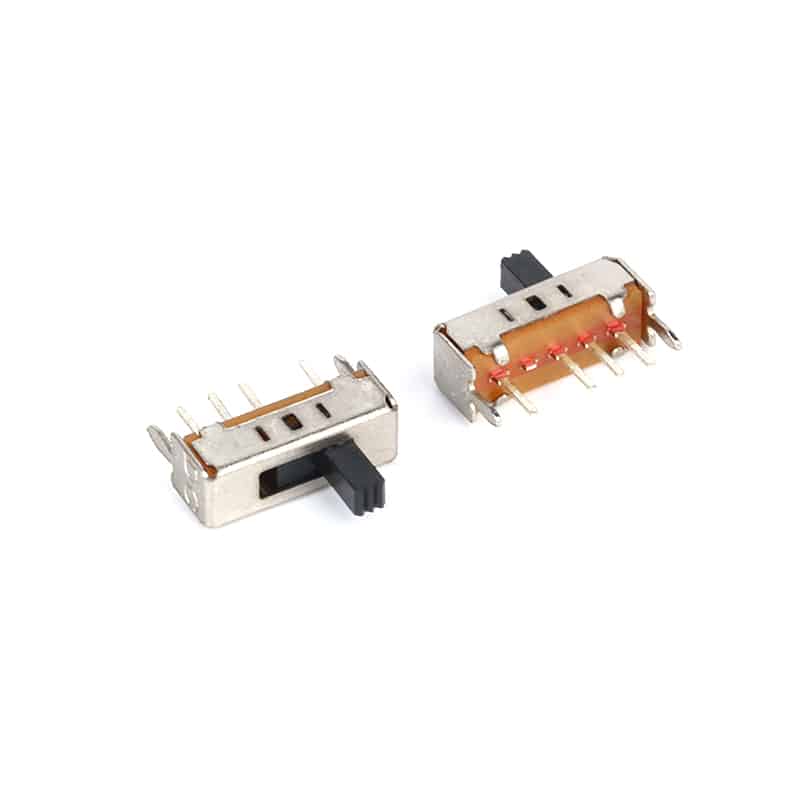Des: 3pin wire solder slide switch vertical 1p2t
Part No: SS-12F33
Specification:
Rating: 0.3A, DC 50V
Function: 1P2T
Operating Life: 10,000 Cycles
Packaging: Bag/Tray

Des: 3pin wire solder slide switch vertical 1p2t
Part No: SS-12F33
Specification:
Rating: 0.3A, DC 50V
Function: 1P2T
Operating Life: 10,000 Cycles
Packaging: Bag/Tray
The Type-C USB4.0 connector is a high-performance, universal connectivity standard based on the USB-C physical interface and the USB4 protocol, designed to unify the interface for data transmission, video output, and power delivery, while dramatically improving speed and functionality. Here’s a full breakdown of its technical details and core features: Physical structure design 1. USB-C interface features ◦ Reversible plugging: 24 symmetrical design, supporting forward and reverse bidirectional insertion, completely solving the orientation problem of traditional USB-A/Micro-USB. ◦ 24-pin layout: ▪ High-speed data lanes: 4 pairs of differential signal pairs
Detect switches, also known as limit switches and sensor switches, are commonly used low-current master control electrical devices. I. Working Principle The working principle of a detect switch is based on the opening and closing of circuits. When the switch is in the closed state, current can pass through smoothly, and the circuit is in a conductive state. When the switch is in the open state, current cannot pass through, and the circuit is in a disconnected state. The detect switch senses changes in parameters within the circuit, such as current, voltage,
A Tactile Switches is a momentary-contact electronic component that rapidly closes or opens a circuit when minimal operating force (typically 1-5N) is applied. Upon pressure release, its internal metal dome automatically resets to break the connection13. Core characteristics include: Key Structural Components: plaintextCopy CodeTerminal Pins → Electrical contacts Base → Structural support Metal Dome → Conductive element (copper/silver alloy) Button → Transmits external force Cover → Dust/contaminant shield The comparison between tactile switches and push button switches, maintaining technical accuracy and structural clarity: I. Core Operational Principles II. Structural & Performance Comparison
Are you looking for a reliable electronic connector manufacturer to support your business with high-quality products at competitive pricing?